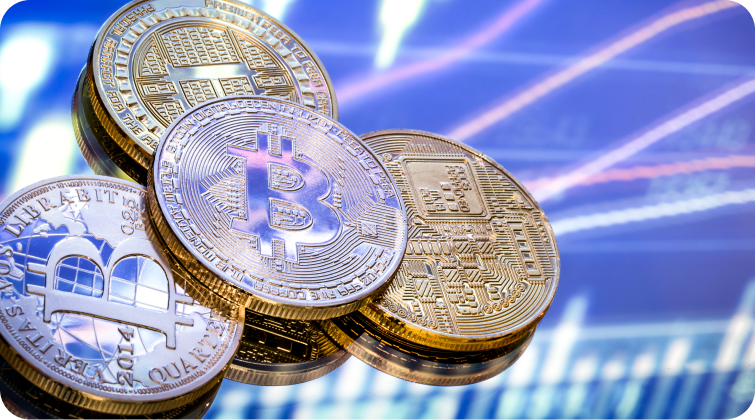Central Bank Digital Currencies have been gaining traction globally, with more countries considering or exploring implementing digital versions of their national currencies. These state-backed digital assets are set to change the money landscape, offering a new and secure way to transact digitally. Let’s explore what CBDCs are, their potential impact, and how they could reshape the financial system.
What Are CBDCs?
CBDCs are digital currencies issued by central banks that serve as legal tender. Unlike cryptocurrencies like Bitcoin, which are decentralized and not controlled by any single entity, CBDCs are centralized and regulated by the government. They represent a digital version of fiat currency and are meant to operate alongside physical money in the economy.
Why Are CBDCs Important?
- Financial Inclusion: CBDCs can provide digital access to financial services for unbanked or underbanked populations, especially in developing regions. With CBDCs, people can make payments, store money, and access digital financial services without relying on traditional banks.
- Efficiency and Cost-Effectiveness: CBDCs can make transactions faster and cheaper, especially in cross-border payments, which currently suffer from high fees and delays. With CBDCs, international transactions could be completed in real time with minimal fees, making digital payments more accessible and efficient.
- Security and Stability: As government-backed currencies, CBDCs offer greater security and stability than cryptocurrencies. Since they are pegged to the national currency, they are less likely to be subject to extreme volatility, making them a reliable medium for day-to-day transactions.
Impact on the Financial System
- Changes in Monetary Policy: CBDCs could give central banks more direct control over monetary policy. They could enable real-time tracking of economic activity and even facilitate the implementation of policies like negative interest rates more effectively than traditional systems.
- Disruption of Traditional Banking: With CBDCs, central banks could offer direct accounts to citizens, bypassing commercial banks. This could challenge the current banking model, forcing financial institutions to adapt their services to stay competitive.
- Regulatory Implications: CBDCs will require new regulations and infrastructure. Governments must ensure that CBDCs are secure, compliant with anti-money laundering (AML) laws, and properly integrated into the financial system to prevent misuse.
Implications for Consumers and Businesses
- Consumer Benefits: For consumers, CBDCs will offer a more seamless and secure way to make payments, transfer money, and store value digitally. They could also lead to lower transaction costs and faster settlement times.
- Impact on Businesses: Businesses will benefit from faster, more reliable payments, especially in global trade. By adopting CBDCs, companies can reduce the costs associated with cross-border payments and manage their financial transactions more efficiently.
Conclusion: The Future of CBDCs
CBDCs are still in their early stages but hold immense potential to transform the global financial system. By offering a secure, efficient, and inclusive digital currency option, CBDCs could reshape how we make payments, save money, and interact with financial institutions. As more governments and central banks explore and implement CBDCs, the future of money is becoming more digital than ever before.
If you’re interested in entering the world of digital assets, Coinsdrom makes it easy and secure to buy Bitcoin and Ethereum with a simple credit card payment.
CBDCs are reshaping the financial world.
Coinsdrom helps you stay ahead with a secure platform for buying Bitcoin and Ethereum.







